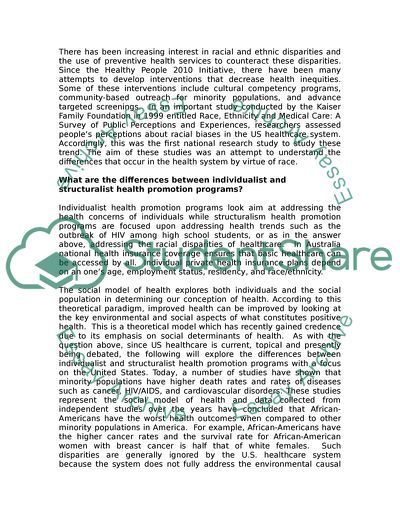Cite this document
(Health Society and Paramedical Practice Assignment, n.d.)
Health Society and Paramedical Practice Assignment. Retrieved from https://studentshare.org/sociology/1726806-health-society-paramedical-practice
Health Society and Paramedical Practice Assignment. Retrieved from https://studentshare.org/sociology/1726806-health-society-paramedical-practice
(Health Society and Paramedical Practice Assignment)
Health Society and Paramedical Practice Assignment. https://studentshare.org/sociology/1726806-health-society-paramedical-practice.
Health Society and Paramedical Practice Assignment. https://studentshare.org/sociology/1726806-health-society-paramedical-practice.
“Health Society and Paramedical Practice Assignment”. https://studentshare.org/sociology/1726806-health-society-paramedical-practice.


